A common question that many first time ultra runners ask is, “What Kind of Gear Do I Need?” This is actually one of the very first set of questions that I asked a veteran ultra runner during the winter of 2004-2005. “What kind of shoes do you wear? What kind of pack, or camelback, do you wear? What kind of socks?” In this post, we’re going from head to toes to throw out some ideas for all those Ultra runners out there. Again, this post is the next in the succession of posts Journey To 100 Miles, so most of what I’m going to discuss here is going to cater to first time 100-mile runners, though it’s application is universal amongst the ultra distances.
It should be stated before we continue, we are all an experiment of one. I am merely trying to offer up some suggestions for gear you might consider. Running is supposed to be one of the cheapest sports. Acquiring most of this gear could cost anyone a pretty penny. It is up to the individual to decide what gear they will need and what gear works for them. I also have no financial interest in any of the below recommended products.
Head
Visors/Hats: There are a variety of options out there to protect your head against the sun. Choosing the wrong fabric for a hat or visor, however, could cause you to overheat. Stay away from headpieces that offer ZERO breathability. If your hat is made of polyester you’ll be fine, but I’d try and stick with mesh-type hats, or for the best Coolmax. Also, consider the back of your neck. Some hats come with a drape that extends off the back of the hate and covers your neck. Something to think about if your race is in a hot climate or offers very little course shade. Recommendations: Headsweats, RaceReady
Sunglasses/Sunscreen: I leave these up to you and your personal preference, but please do wear both. In terms of sunscreen, try and wear sport sunscreen that won’t wear off from your constant sweating. Something to also consider in the event that you get some of it in your eyes. I find sprays to be quicker and easier to apply during the race.
Recommendations: Neutrogena Ultimate Sport (Spray), Coppertone SPORT (Spray)
Misc: Neckwear is a popular item amongst ultra-runners. If you don’t want to buy a hat with a drape you can purchase a regular old bandana, buff, or cooling scarf.
Recommendations: Buff, Cool Off Bandana
Torso Clothing
Shirts: Rule #1. Don’t Wear Cotton. Rule #2. Don’t wear your race shirt on race day… dork. Ok, ok.. believe it or not, there are some unwritten rules that veteran ultra runners have followed for years. For example. 1.) It is in bad taste to wear a race shirt if you did not run, crew, or pace in that specific race. 2.) If you DNF the race, you must write DNF on your race shirt for that year and leave it there for all eternity. I always recommend technical fabrics for race shirts simply because they can keep you cool, or warm, and dry fast regardless of the temperatures. Most race shirts come in this kind of fabric these days so I leave it up to you to find what fits.
Recommendations: Haeleum, Mountain Hardwear, Patagonia
Arm Sleeves: Let’s face it, there are times in ultras where a long sleeve shirt would be too much and a short sleeve shirt too little. Arm sleeves are a convenient option for a variety of reasons. Easy to carry with you if you take them off. If you want to keep them on and you’re over heating, you can just slide the sleeves down and let them hang around your wrists. All in all, a good investment for those in-between temperatures.
Recommendations: Moeben, Pearl Izumi
Light Jackets: There are a million jackets out there on the market. Do yourself a favor and find one that is lightweight and small enough that it stuffs itself into it’s own pocket or into a very small stuff sack. These things stuff so small now you can put them in your hydration waist pack. These jackets are great for those long stretches at night between aid stations, where you may be warm now but know you’ll get cold when the temperature drops and you’re walking. This is why you need it to be take with you. MAKE SURE IT HAS A HOOD!
Recommendations: Patagonia Houdini Jacket,
Rain Gear: Let’s face it.. if you’re running a 100-miler, you’ll be on your feet for 20-36 hours. You’re bound to run into some kind of inclement weather. A friend of mine, Jed Williamson, writes something calling Accidents in North American Mountaineering. He once told me, “there’s no such thing as bad weather.. just bad preparation.” I would highly recommend you purchase a rain jacket that features “pit-zips.” This will allow you to unzip the underarm areas to air things out, which prevents you from being a drowned rat on the inside but keep you dry from the rain outside. I’ve seen it all though.. garbage bags, ponchos… you’re going to get wet… might as well just face it.
Recommendations: Mountain Hardware Men’s Epic Jacket, Sierra Designs Hurricane Rain Jacket
Bloody Nipple Protection: Nobody want’s to wear a bloody #11 shirt during their next run. Without proper nipple preparation, you’re heading there no matter what. Your sensitive little nippies can only take so much rub of a shirt. So you can do a few things, 1.) Vaseline.. but it rubs off quickly so I don’t recommend it. 2.) Bodyglide.. HUGELY Recommended. 3.) Band-aids.. over 100 miles, reapplication is eminent.
Recommendations: Body Glide, Gold Bond Friction Defense
Hydration Systems
Hydration Packs: This is another item that you need to buy based on necessity and comfort. I have 2 sizes of hydrations Waist packs, I also have 4 different sizes of hydration backpacks. I choose my “weapon” based on how far I’m going, where I’m going, and what I’m going to need to carry. There are a large collection of companies out there that make the best hydration systems for you to choose from. I list what I think the best are below.
Recommendations: Ultimate Direction, UltraSpire, Nathan Sports
Hand Held Bottles: I’ll save you some time and tell you to go with one of the three companies above for your handheld needs as well. Handhelds come in 20 oz. and 26 oz. sizes. Having your fluid in your hand reminds you to drink it. Something that’s easy to do when your mind is wandering in an ultra. It’s also nice to have the freedom of handhelds without carrying a pack in those races where a pack between aid stations is overkill. I’ve been using Ultimate Direction handhelds since 2005 and I swear by them. Nothing, anywhere, beats their kicker valve. I’ve also used their bottles in other companies packs simply because of the kicker valve. Food for thought.
Misc: Running with a hand held and not with a pack, but still want to easily carry some Salt Capsules, ginger, gels or whatever other small items you have? Check out products made by Amphipod. They make some really nifty fanny/accessory packs.
Legs Clothing
Compression Shorts: Some people swear by compression shorts. I’ve worn them and I’ve not worn them. I think I wear them now just out of habit and it helps prevent chaffing you get from the liner on the inside of your running shorts. Some folks claim they give them a bit of a musculo-skeltal advantage.. I’ve done no research on that. I’ve used panty hose to prevent chaff in the past, compression shorts are a better option. PS.. not talking about this being all that you wear, I’m talking about the kind that you wear as.. underwear, aka. Briefs. If you do wear compression shorts, I have one HUGE bit of advice; “HIDE THE BULGE” Nobody wants’t to see your banana boys.
Recommendations: Brooks Running, Pearl Izumi, CWX
Running Shorts: If you are new to ultra-running; please for the love of god do NOT wear short shorts. While it may be “cool” in the 5k to marathon circuit, it’s considered “out of touch” in ultra/trail land. Cover up dudes, especially when I’m bound to be climbing a hill behind you and I don’t want to see what the stork saw when I look up (I mean no disrespect ladies). Find a great pair of running shorts that works for you. Something to cover your legs but not something you’ll get hung-up on when bending/extending your knees. It’s totally a matter of preference. Most ultra runners buy shorts with small pockets, sometimes hidden, so they can stuff a few gels on their person during the race. Ladies, I can’t forget about you… Shorts or a great running skirt (depending on your preference) will do you well out there. Choose comfort!
Recommendations: Brooks Running, Mountain Hardware, Race Ready
Pants: There are a variety of pants out there for everyone. Compression pants.
Anti-chaffe Applications: Before the race even begins, you should apply anti-chaff products. Put it on your nipples, your nether region, the inside of your thighs, just under your armpits on your deltoids, and any other place you’ve known to be prone to chaffing. Chaff has been known to end races. I personally have had it so bad that it bleeds, and the only way to finish has been to stuff a wet cloth in my crack to try and ease the pain. It’s not fun. The more you can do to prevent it the better. But I’ve also listed some products below to help you when the prevention didn’t go as planned.
Recommendations: Body Glide, Gold Bond Friction Defense
Other great brands for when chaff has occurred: Desitin, Bag Balm, Boudreaux’s Butt Paste
Feet
Every runner ultimately needs to remember that, “your heels are your wheels.” Caring for your feet and getting your foot systems down FAR in advance can make or break your race. There are more nerve endings on the bottoms of your feet then anywhere else on your body. This is why it pisses us off the most when things aren’t working so well down there. Pay close attention to your needs and plan accordingly. Hell.. I’ve been known to soak my shoes and socks in the tub for 3 hours prior to a run simply because I knew on race day.. my feet were going to be wet the whole time. I did this to test my decisions and train according to how the race was going to go!
Recommended Read: Fixing Your Feet by: John VonHoff
Socks: Socks are a very personal purchase. You definitely want to find the rock sock for you. Definitely not cotton, and sometimes wool can be a bit too warm causing your feet to sweat. You want socks that will protect your feet from debris, dry fast, and wick moisture away. Try and avoid socks with any seems on the inside, if the sock is seamless you’ve found a winner. You also don’t want your socks to bunch up on you or slide around. Make sure they fit and snuggly. Below are my 3 best recommendations.. and HERE is why I stay away from SmartWool.
Recommendations: Darn Tough, Drymax, Injinji, Wigwam
Shoes: Not touching this with a ten foot pole other than saying, “If the shoe fits, wear it.” Marathons have always purchased shoes a half size bigger.. DON’T. Buy the shoe that fits you. You don’t want your feet sliding forward or back inside your shoe, or side to side for that matter. Buy a shoe that fits. A shoe that is snug. And a shoe that you could see yourself running in for 50-100 miles. Do not make it a plan to “change shoes” mid run. That’s a recipe for disaster. Also don’t have 9 different shoes to choose from. Find a shoe.. train in it.. race in it. And make sure it fits.
Gaiters: Gaiters are life savers. These little ankle condoms cover your shoe and ankle and keeps debris from getting in. Debris causes blisters. It also causes headaches. Keep debris out of your shoes. You’ll waste time trying to empty your shoes out. If debris causes blisters, you’ll waste even more time and slow your pace significantly.
Recommendations: Dirty Girl Gaiters, Running Funky, Inov8
Additional Gear Considerations for Winter Weather will be discussed in my next post.
For more.. in 2008 I wrote a series of posts on my blog about my gear choices for ultra-running. Those choices still hold true today. You can check these posts out by clicking the links below for additional help.
Part 1 – Ultra Gear: The Outer Layer
Part 2 – Ultra Gear: Nutrition and Hydration
Part 3 – Ultra Gear: Medical & Misc.
Coming Up on Journey To 100 Miles:
Next Post: Ultra Training Through Winter
And Later: Ultra Clubs in America
This post is part of a series known as Journey To 100 Miles.
We welcome your comments to add to the discussion.
If you’ve enjoyed this or other posts in Journey To 100 Miles, please consider a small donation to my Vermont 100 Fundraising Efforts. You can read more by clicking HERE
Previous Posts:
1. Journey To 100 Mile Intro
2. Choosing Your First 100 Miler
3. Ultra Commitment
4. Researching An Ultra
5. 100 Miler Base Building
6. A 100 Mile Training Plan

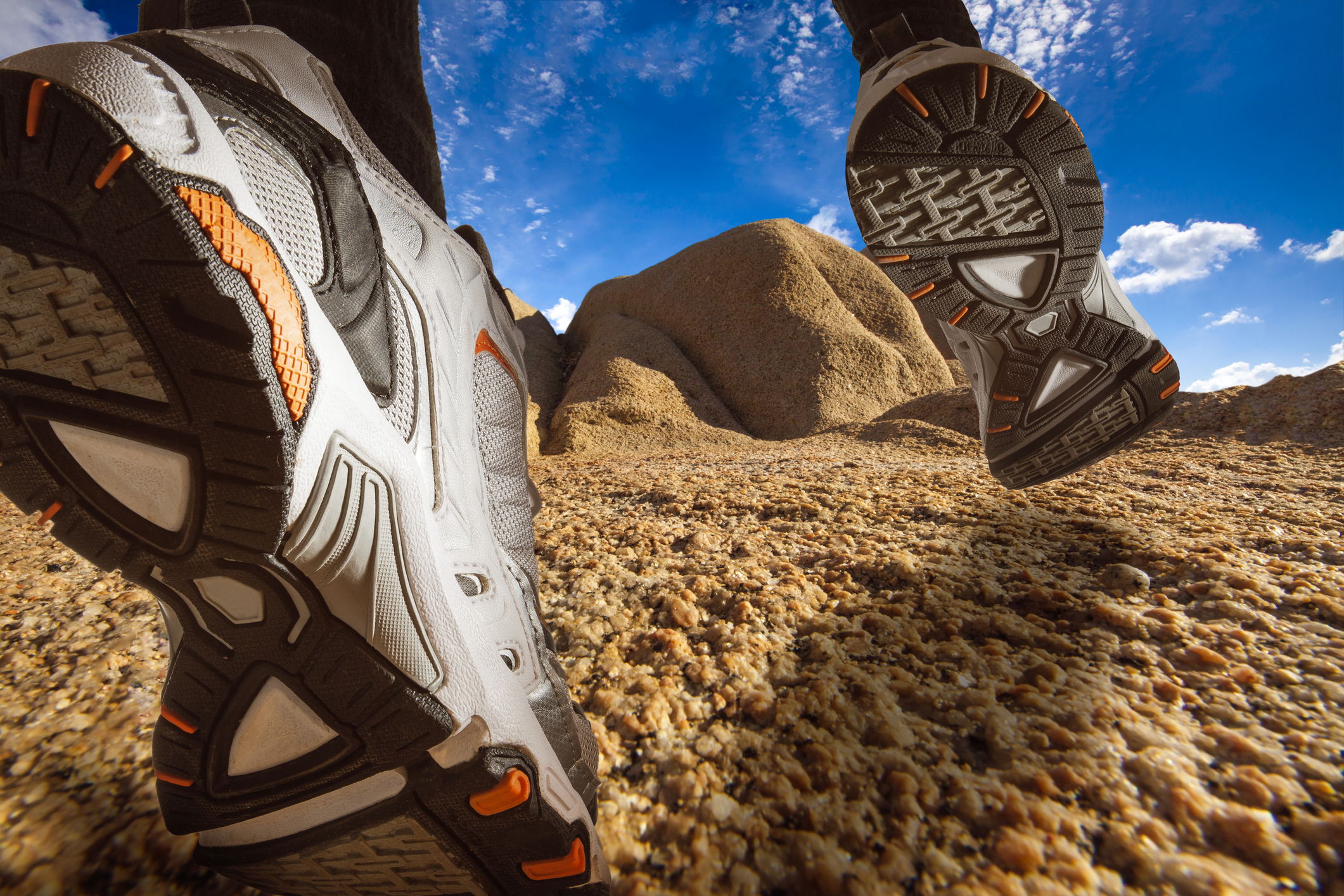






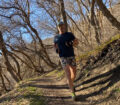

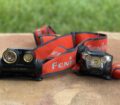
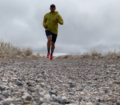
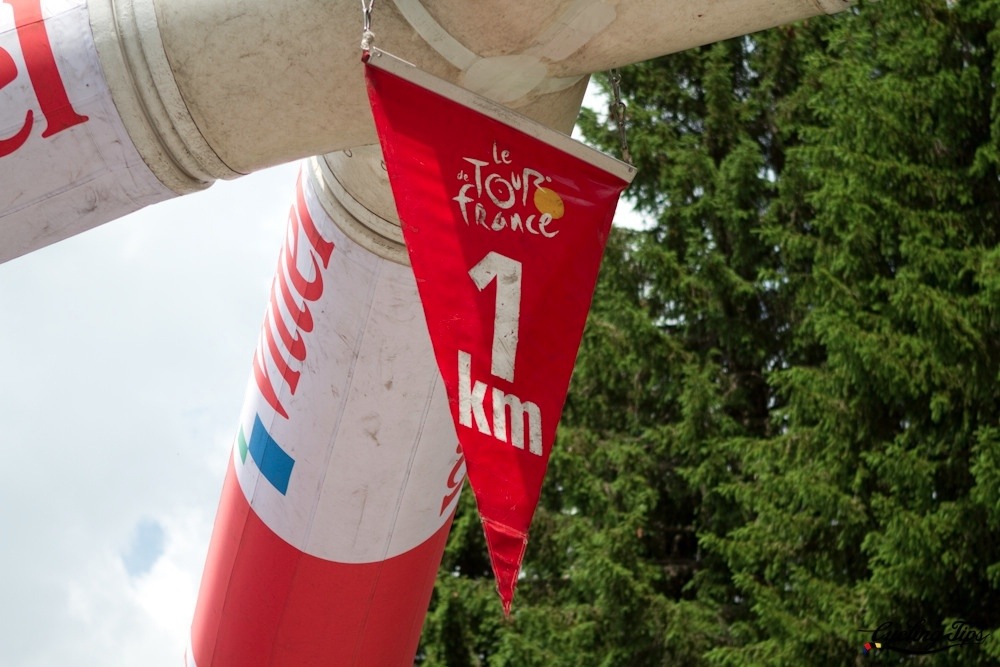
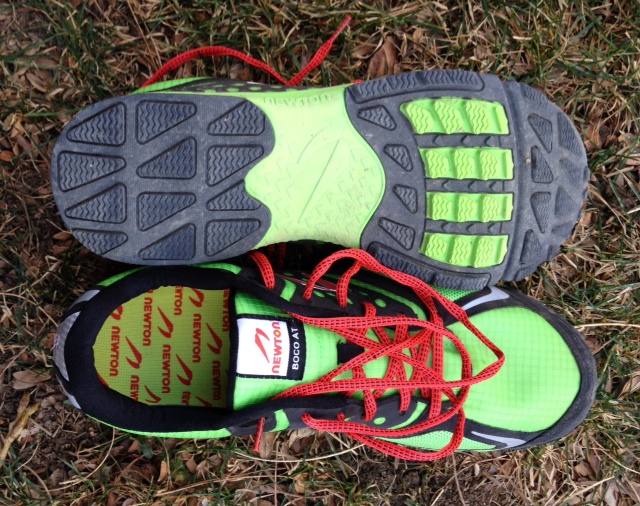
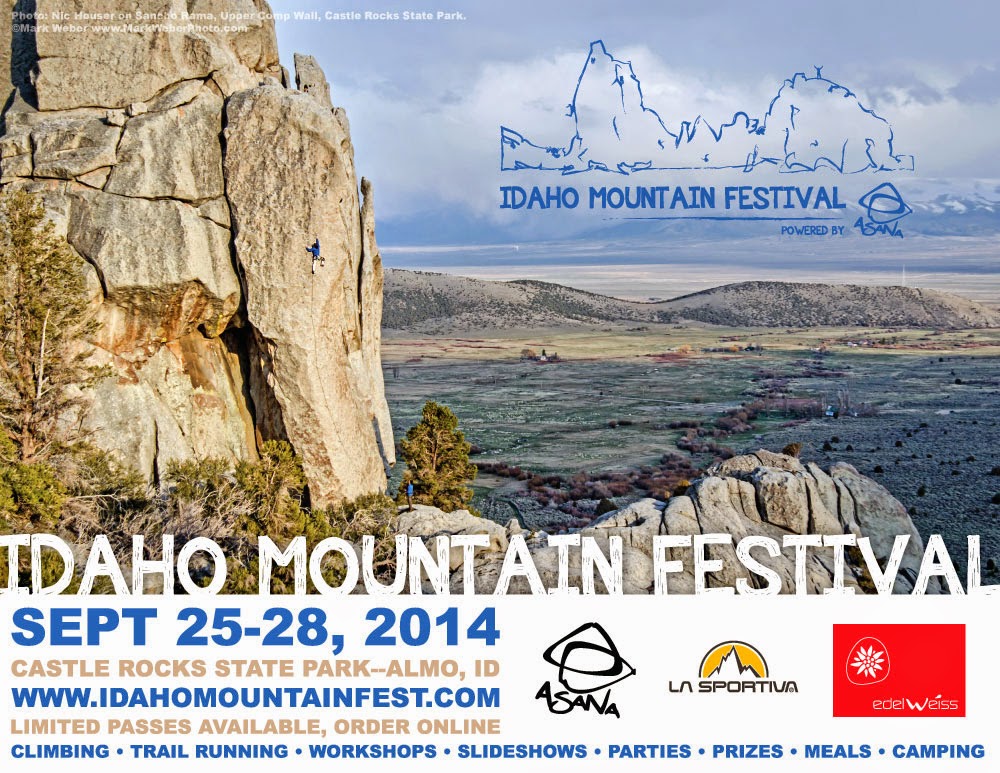
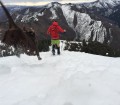
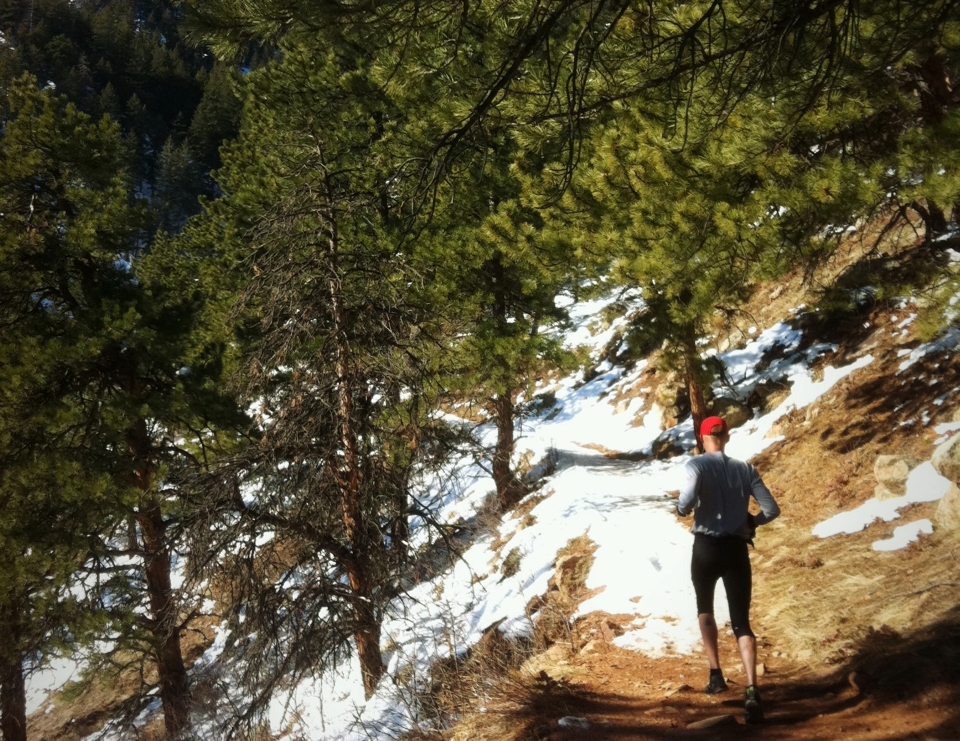
Less is more, always.
[…] Commitment 4. Researching An Ultra 5. 100 Miler Base Building 6. A 100 Mile Training Plan 7. Ultra Gear For Success by SherpaJohnSee more of John's writting at sherpajohn.blogspot.com Tweet reddit_url = […]
Bloody Nipple Protection. Three words: 3M Transpore Tape. Done. Tear off a small piece, apply it clean and dry. Last a 100 miler easy, including heat and rain. If you’re the missing link between man and ape (guys, you know who you are), then you may have to remove some hair first. But seriously, there is no better, or less expensive substitute.
great ideas – was wondering about compression, whether they would be problematic or not. I seem to remember someone recommending a cotton shirt for ultras because this helps to maintain skin hydration. Not so sure now, I’ll have to do some researching before my first 50 miler (sept 2014) – any thoughts?
Andy from
http://www.myrunningtips.com
brilliant post this really good stuff
4inch shorts, always.
I don’t care if you run naked! We’re animals!
Can someone tell/direct me on the etiquette rule on whether or not the runner pays for the pacer’s travel and lodging? Just signed up for first 100 miler.
As a general rule, it is good etiquette for the runner to (at least offer to) cover those expenses since the pacer is traveling for you.